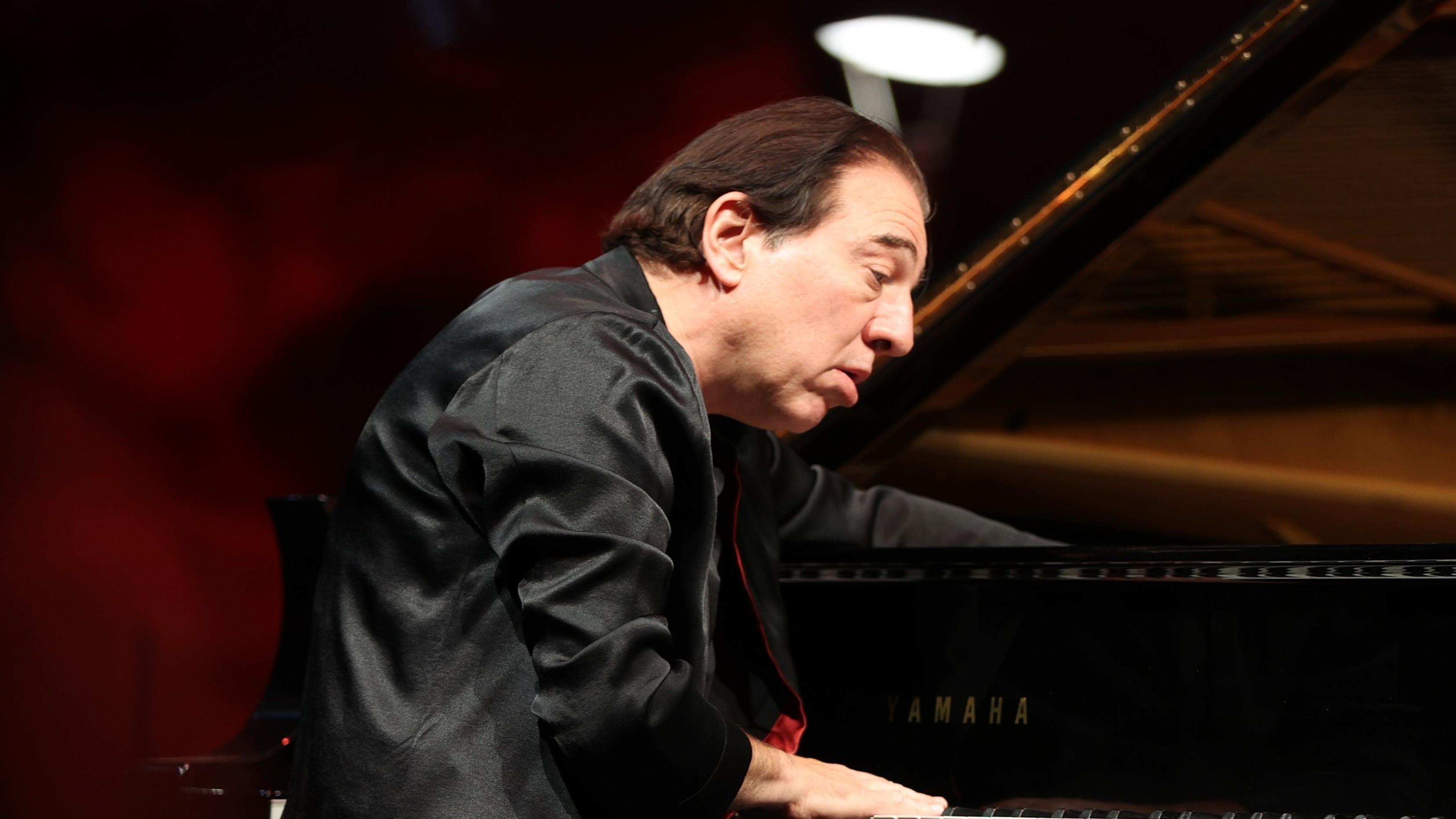
The surreal landscape of Cappadocia provided the stage on Sept. 6 for a unique meeting of two artistic worlds as celebrated Turkish pianist Fazıl Say and rising Japanese Kabuki actor Nakamura Hayato performed together for the first time.
Held at the Paşabağları archaeological site in Avanos, part of the UNESCO World Natural and Cultural Heritage List in central Türkiye, the concert symbolized a refined exchange of cultural diplomacy between Türkiye and Japan, whose relations span more than a century.
The event brought together two distinct yet complementary art forms — the universal language of music and the centuries-old traditions of Kabuki theater. Fazıl Say, renowned internationally for his compositions and performances, filled the natural amphitheater with pieces such as “Ses,” “Kumru,” “Karatoprak,” “Kaz Dağları,” “Yeni Hayat” and “Alaturka Jazz.”
Say’s improvisational vigor was joined by the disciplined theatricality of Kabuki.
Nakamura Hayato, one of the most promising young performers of Kabuki, contributed original interpretations of the classical Japanese stage tradition with stylized movement, expression and dramatic storytelling into the evening.
The artistic dialogue was staged within one of Türkiye’s most evocative cultural landscapes, tying together the East and the West. Cappadocia, known for its fairy chimneys and rock-carved dwellings, has long served as a crossroads of civilizations.
Behind the scenes, the event was supported by organizations including Dorak Holding, Nippon Travel Agency and Coin Park. Dorak, which first introduced Cappadocia to Japanese travelers in the 1990s, has since played a prominent role in shaping cross-cultural tourism experiences and was the organizer of the concert.
For Nakamura Hayato, who was born in 1993 into one of Japan’s most distinguished acting families, the evening marked a step in sharing Kabuki outside its traditional venues.
Kabuki, which combines dance, drama and mime, originated in the 17th century and remains one of Japan’s most emblematic art forms.
Hayato has been acclaimed in his home country and abroad for revitalizing the tradition for younger audiences while preserving its elegance. Today, he has a large fan base not only in Japan but also in Europe and the United States.